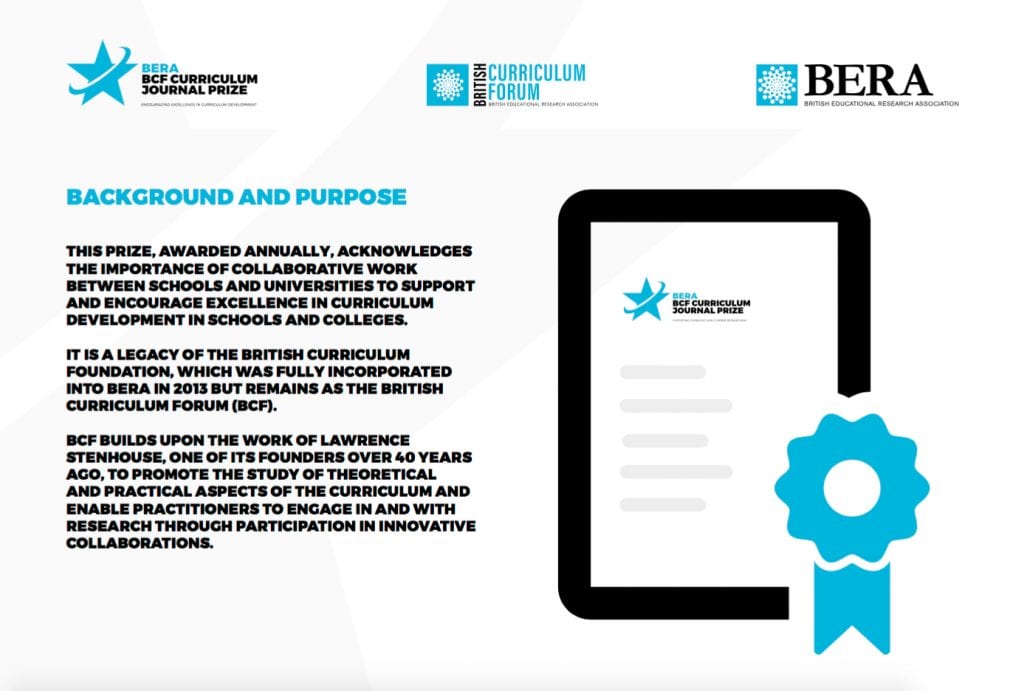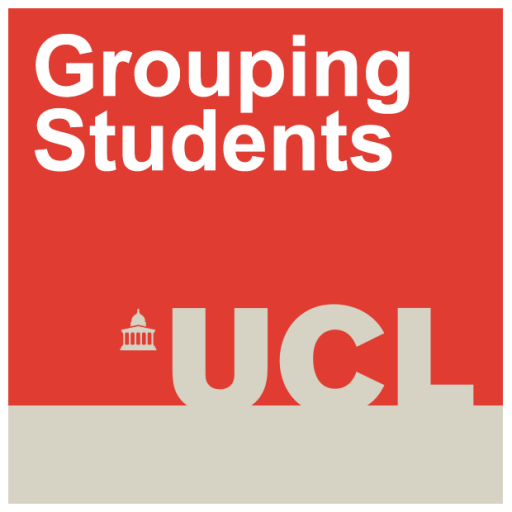Happy New Year!
By qtnvarl, on 5 January 2017
– Becky Taylor

As I write I feel very aware that this is the last time but one that we will be wishing you a Happy New Year from the Best Practice in Grouping Students team.
New Year is always a good time to review our achievements, and 2016 really was a fantastic year for the project:
- We worked with 140 schools overall
- We delivered 18 professional development sessions
- We visited 11 schools to listen to students and teachers talk about their experiences of grouping practices
- We started to analyse questionnaire data from over 14 000 students and over 700 teachers
- We published two papers in academic journals, one on the lack of impact of research into attainment grouping and the other on schools’ reluctance to engage with mixed attainment grouping
- We presented our research at academic conferences in the UK (BERA) and Australia (AARE) and at practitioner and policy events, including ResearchED and the Westminster Education Forum
- We visited Finland to observe mixed attainment teaching there and meet with international colleagues working on grouping practices in schools
- We won prizes for our collaboration with schools on mixed attainment teaching and for our symposium presented at BERA
- And of course, following the appointment of our project director Professor Becky Francis as Director of UCL Institute of Education, we moved our project to its new home at UCL-IOE.
And now we are looking forward to 2017! The project has just over a year to go and we have just over 6 months left working with our participating schools. We still have a lot to do and it is going to be a very busy year.
We still have lots of data to collect from schools: we are planning to visit more schools to listen to students and teachers, and after Easter schools will be arranging for students and teachers to complete our questionnaires. NFER, who are evaluating the project, will be arranging for students to take Progress Tests in English and Mathematics. This will enable us to know what the impact of our interventions has been on students’ progress.
We will also be analysing data, writing articles and reports, presenting our findings at conferences and other events, preparing our resources to share them with schools and planning our own events to share the findings from the project.
We are very excited about the year ahead and look forward to sharing our news with you as the project moves into its final stages.
 Close
Close






